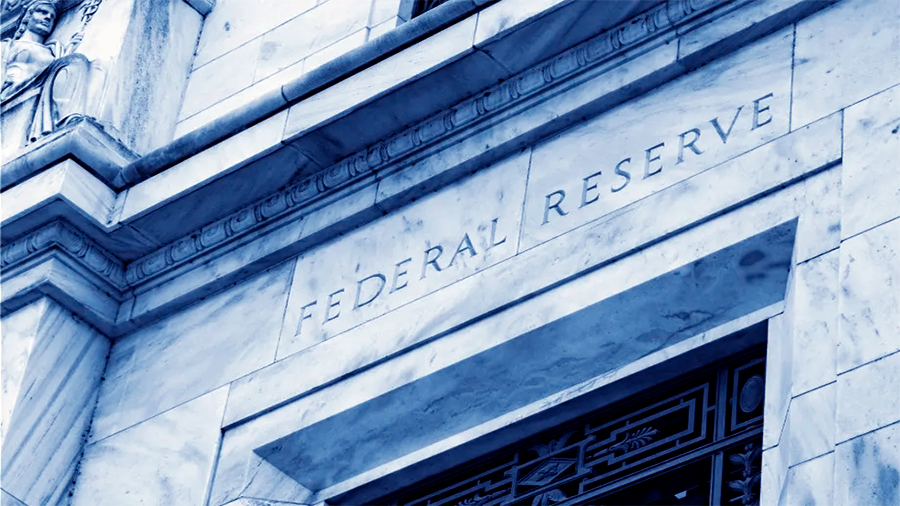Reducing The Money Supply: Why This Is A Classic Method Of Fighting Inflation
Inflation can feel abstract until you see it in your daily life—food costs creeping higher, rent edging up, services that were once affordable suddenly looking expensive. Economists and central banks have many tools to fight it, but one of the oldest and most discussed is reducing the money supply. The logic is simple: if there’s less money chasing the same amount of goods, prices should stop rising so fast. Yet the process, and its effects on businesses and households, are more complex than the basic formula suggests. This method has a long history in economic policy, and while it works, it comes with trade-offs worth exploring.
Why Inflation Needs To Be Controlled
Inflation isn’t always bad. A moderate level keeps economies moving, encouraging people to spend and businesses to invest. But when inflation climbs too high, purchasing power erodes quickly, savings lose value, and long-term planning becomes nearly impossible. For governments and central banks, letting inflation spiral is risky, as it undermines confidence in the entire system. That’s why reducing money supply is such a common move. By pulling liquidity out of circulation, demand slows, prices stabilize, and predictability returns. It doesn’t fix everything, but it resets the pace at which money flows through the economy.
The Trust Factor
Inflation is partly about psychology. If people believe prices will keep rising, they spend faster, reinforcing the cycle. A tighter money supply signals seriousness, helping rebuild trust in currency stability.
How Reducing The Money Supply Works
Central banks can shrink the money supply in several ways. The most common is raising interest rates, making borrowing more expensive and saving more attractive. Another tool is selling government securities, pulling cash from the market as investors trade money for bonds. Reserve requirements for banks can also be raised, limiting how much they lend. All of these reduce the amount of cash flowing through the economy. With less money available, consumer demand cools, companies cut back on expansion, and price pressures ease. The process may sound mechanical, but it touches every corner of economic life—from mortgages to car loans to business investments.
The Chain Reaction
When central banks act, it doesn’t just affect Wall Street or corporate boardrooms. Families feel it in higher credit card interest rates, students in more expensive loans, and small firms in reduced access to capital.

Historical Examples Of Tight Money Policy
Economies have been using money supply reductions for decades to fight inflation. In the late 1970s and early 1980s, the U.S. Federal Reserve under Paul Volcker sharply raised interest rates, triggering a recession but ultimately taming double-digit inflation. Similar moves have been seen in Europe, Latin America, and Asia whenever runaway prices threatened stability. The pattern shows that while the short-term pain can be significant—job losses, slower growth—the long-term gain of restoring price stability often justifies the strategy. These episodes also highlight how political and social costs weigh heavily in the decision to cut money supply.
The Lesson Learned
Governments that delayed action in the past often faced harsher corrections later. Acting early, though unpopular, usually prevents worse outcomes down the line.
Winners And Losers Of Reduced Money Supply
Like any economic policy, reducing the money supply creates winners and losers. Savers often benefit, as higher interest rates mean better returns on deposits. Lenders also gain, with more profitable loan conditions. On the other hand, borrowers suffer from higher costs of credit, businesses see reduced investment, and consumers face tighter budgets. The overall balance depends on the structure of an economy and how dependent it is on credit for growth. Understanding these trade-offs helps explain why central banks sometimes act cautiously, even when inflation is high.
| Group | Impact Of Reduced Money Supply | Why It Happens |
|---|---|---|
| Savers | Benefit from higher interest on deposits | Banks offer more to attract funds |
| Borrowers | Face higher loan costs and stricter terms | Credit becomes more expensive |
| Banks | Earn higher margins on lending | Rates rise faster than deposit costs |
| Consumers | Spend less due to higher credit costs | Reduced access to cheap money |
| Businesses | Delay or cancel expansion projects | Loans are costlier, demand weakens |
The Uneven Distribution
The effects are not spread equally. Wealthier households may cope with higher rates, while low-income families often feel the strain faster through rising debt burdens.
The Short-Term Costs
Reducing money supply is not a painless cure. It almost always slows economic activity. Housing markets often cool sharply as mortgage rates rise, car sales dip, and consumer spending weakens. Unemployment can increase when businesses cut back. These side effects create political tension, as voters feel the pinch. Policymakers must weigh the immediate pain against the long-term benefit of stable prices. The balance is delicate: tighten too much, and you risk a deep recession; tighten too little, and inflation lingers, eroding confidence further.
The Role Of Communication
Central banks try to soften the blow by clearly explaining their actions. If people understand that short-term hardship leads to long-term stability, resistance is easier to manage.
Alternatives To Cutting Money Supply
While reducing money supply is classic, it isn’t the only option. Governments sometimes use fiscal measures, such as cutting spending or raising taxes, to reduce demand. Structural reforms, like boosting productivity or easing supply bottlenecks, also help. However, these approaches are slower or more politically difficult. Adjusting money supply remains the most direct and controllable method available to central banks. That’s why it continues to dominate inflation-fighting strategies even in today’s digital economy.
Complementary Measures
Combining monetary tightening with fiscal discipline often delivers the strongest results. When governments and central banks work together, the burden on each side is lighter.

How Households And Businesses Can Prepare
For households, preparing for reduced money supply means focusing on managing debt and strengthening savings. Paying off variable-rate loans quickly can shield against rising costs, while building an emergency fund helps absorb shocks. For businesses, the key is cautious planning. Expansion projects should be stress-tested against higher financing costs, and liquidity reserves maintained for leaner times. Both groups benefit from understanding that tighter money cycles are temporary but necessary. Adapting early makes the adjustment less painful.
Resilience Over Optimism
Hope that inflation will fade on its own is not a strategy. Preparing budgets and investment plans for tougher credit conditions is a smarter approach.
The Long-Term View
Over time, reducing the money supply has proven effective at restoring stability. Economies cannot thrive when prices spiral unpredictably. By tightening liquidity, central banks reset expectations, encourage saving, and make long-term investments more attractive once stability returns. The process requires patience, as benefits appear gradually while costs are felt immediately. But history shows that economies that endure the short-term pain often emerge stronger, with healthier credit markets and renewed trust in their currencies.
The Classic Tool Still Works
Even with new debates about digital currencies and unconventional policies, reducing money supply remains one of the most reliable tools against inflation. It may be blunt, but it is effective.
The Conclusion
Reducing the money supply is a classic method for fighting inflation because it tackles the problem at its root: too much money chasing too few goods. By making credit more expensive and saving more attractive, it cools demand and steadies prices. The winners are savers and lenders, while the losers are borrowers and consumers with high debt loads. The adjustment is rarely smooth, but the long-term outcome—stable prices and restored confidence—makes it a policy tool central banks continue to rely on. For households, businesses, and investors, understanding this mechanism helps explain why tightening cycles matter so much to everyday life.


